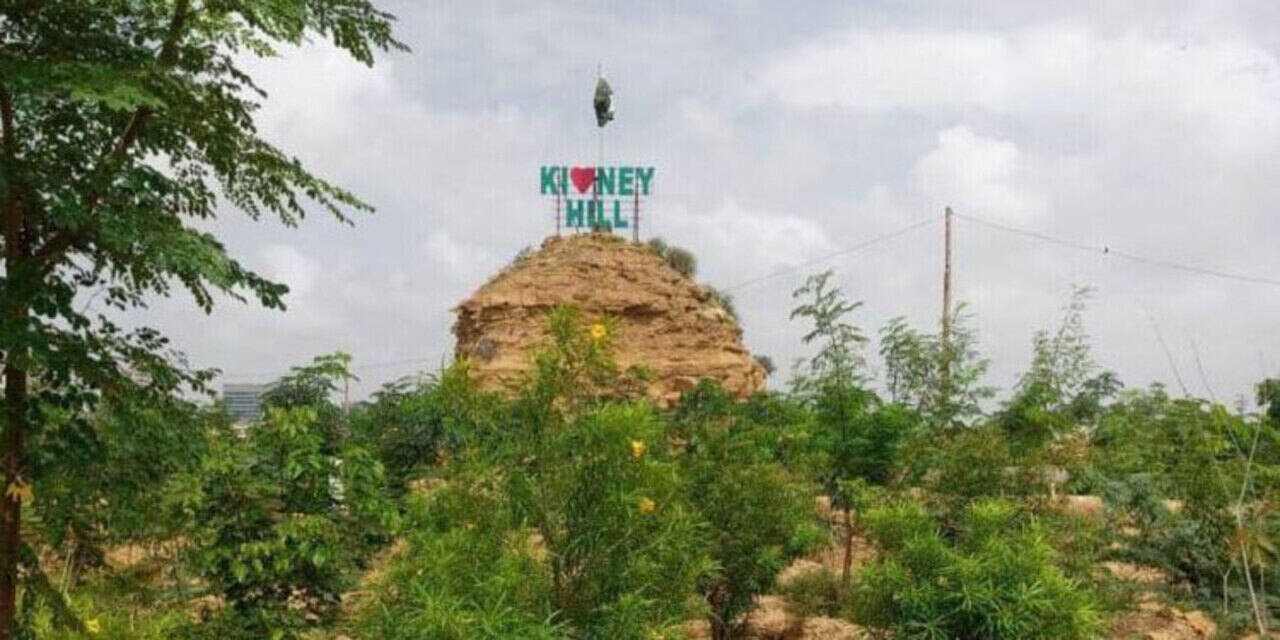The ongoing efforts for transplantation of trees uprooted in various areas of the Karachi city at the Kidney Hill Park along with the plantation of fruit-bearing trees, shrubs and plants at the park can make it a Green Lung an urban forest cleansing the air of Karachi city.
Green Lung is a prerequisite to combat atmospheric pollution and growing temperatures in the coastal city, experts say.
Karachi affected by climate change, definitely needs a ‘Green Lung’, ideally, a forest, cultivated in its suburbs, however, given the ground realities this may not be possible hence approach to have green covers scattered across the ever-expanding city is a viable option to combat the associated challenges.
The attempt being made for the protection of trees, uprooted or simply being cut down for different development schemes or expansion projects, undertaken by government or private entities, has its deficiencies in the particular context of Karachi divided into categories as waterlogged, saline and dry land zones making it necessary that uprooted full-grown trees are transplanted in specific areas in accordance to conditions required for their healthy survival.
Dr Rafi ul Haq, a senior plant ecologist while emphasising the importance of scientific approach for tree transplantation as well as cultivation of saplings and seedlings reminded that due to stock of land, soil properties are crucial for full and proper growth of trees, achieving the target of robust and sustainable green cover with nil or minimum chances of stunting, damage and loss of precious resources in terms of finances, labour and time.
“How can we ever forget that precious trees uprooted from Garden West, during road expansion scheme, were moved to a dedicated site off M.A. Jinnah Road but met the fate of failed transplantation causing massive loss to the nature and ecology,” reminded the consultant with vast experience of working for IUCN and other reputable organisations.
In the particular context of Kidney Hill Park, spread over an area of 62 acres of human kidney-shaped land, the scenario was different as it emerged one of its own kind of public facility that underwent a massive transformation on scientific lines consequent to its evacuation by almost all categories of encroachers through Supreme Court intervention paving way for support on part of different stakeholders under the leadership of the then Municipal Commissioner of Karachi, Dr. Saif ur Rehman.
Shamim Bano a mother of four, visiting the park every day for her morning walk, expressed her amazement at the pace of transformation, saying, “This is like something wonderful being developed in ruins with a wide range of flora and fauna – hundreds of plants, trees, shrubs attracting birds — an additional charm for nature lovers and children.” She was equally appreciative of the special efforts made for landscaping with bushes shaped into canopies and different trails developed. Each is adorned with needed fixtures (basically benches) and named after different landmarks of the country.
Two of the major trails are known as Kokan and Dhoraji representing the surrounding localities hence creating a deep sense of belonging among the visitors.
Faran Sangrani, a resident of Dhoraji Colony admitted that he and his neighbours, over the years, were little conscious about a deep sense of fear and scare existed owing to the presence of anti-social elements. A considerable portion of the abandoned park was unofficially converted into a waste dumping site, while many had also occupied a major chunk to establish cattle pen and tea stalls.
“Supreme Court was indeed a great help as otherwise, it would have been absolutely impossible to dismantle structures built by influential people,” remembers Amra Javed, a senior activist representing Shehri – CBO, working for the protection of the environment and relevant civic rights of citizens.












